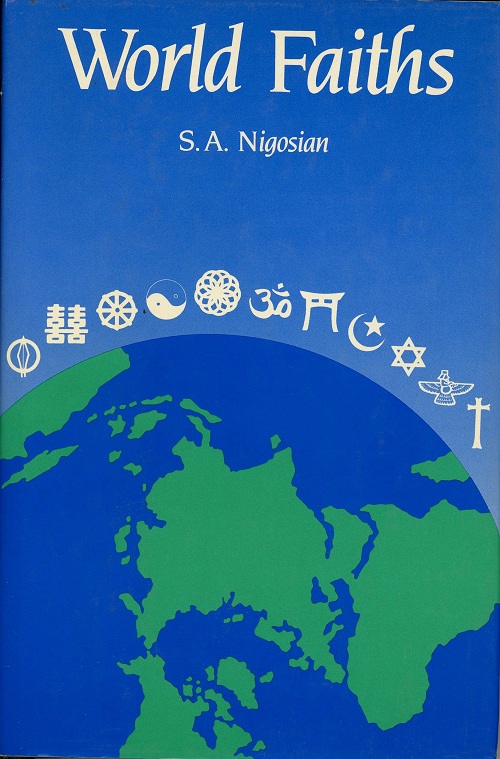"World Faiths" is a general introduction to the study of world religions. As such, it is deliberately limited and selective in concept. It presents a modern and concise picture of the more important living religions, with special emphasis on their historical context. And in doing so, World Faiths provides essential information of the sort that few beginners have either the time or ability to piece together out of the enormous mass of published material on each religious tradition. The book is not, however, a definitive treatise nor a comprehensive study of all the religions of the world. It omits massive infusions of encyclopedic data and avoids esoteric points of doctrine. World Faiths is a balanced presentation, covering the historical, ideological, and cultural aspects of several religions.
A quick glance at the table of contents will confirm what most new students expect to see included in such an introductory volume. The first chapter describes learning strategies appropriate to the study of religion. Two important themes are presented in outline: first, the word religion and the problems that are encountered in attempting to define it; and second, the pros and cons of the various approaches for an objective study of world religions. This chapter is followed by a survey of the roots of Western religions, including the influence exerted by the Mesopotamian, Egyptian, Greek, and Roman civilizations on Western religious traditions. The main chapters of Zoroastrianism, Judaism, Christianity, Islam, African religion, Hinduism, Buddhism, Jainism and Sikhism, Taoism and Confucianism, Shinto, Amerindian traditions, and alternative religions in the West follow next. This order reflects the viewpoint of readers who are products of Western rather than Eastern cultures and traditions; it moves from the more familiar to the less familiar areas of religious tradition.
Each chapter deals with the traditional viewpoint as well as the latest scholarly opinion on the subject under discussion. The discussion includes all or part of the following: a background history and historical development, important characteristics, life and teachings of a founder (if any), scriptures, teachings, mythologies, role of women, sectarian groups, practices, rituals, and observances. For reasons of convenience, several religions are grouped together in a single chapter. A glossary and bibliography are provided as aids for further study, and numerous photographs evoke the richness of humanity's religious experiences and practices.
I would like to thank the reviewers of the book: Virginia Black, Pace University; Nancy Falk, Western Michigan University; George Kim, Manchester Community College; Harry Partin, Duke University; Franklin Proano, Ohio State University; Lynda Sexson, Montana State University; William Shealy, Virginia Wesleyan College; Donald Smith, Lakeland Community College; Maurine Stein, Prairie State College; Victor Wan-Tatah, Youngstown State University; and Kenneth Zysk, Eastern Michigan University at Ypsilanti. I want to offer my thanks to all those who helped in the preparation of this book: to the members of the University of Toronto Advisory Committee on Educational Development for providing a grant; to Grant Bracewell and Lynda Hayes for their gracious help in obtaining and loaning some hard-to-find books; to Steve Jaunzems for his careful work in preparing the photographs; to Patrick Trant for his ability to make "the rough places plain"; and to Deborah van Eeken, a faithful friend and superb typist. My wife and family, who lived with the preparation of the manuscript for several years, need to be told publicly, even though they already know it, that I am grateful to them.
S. A. Nigosian


